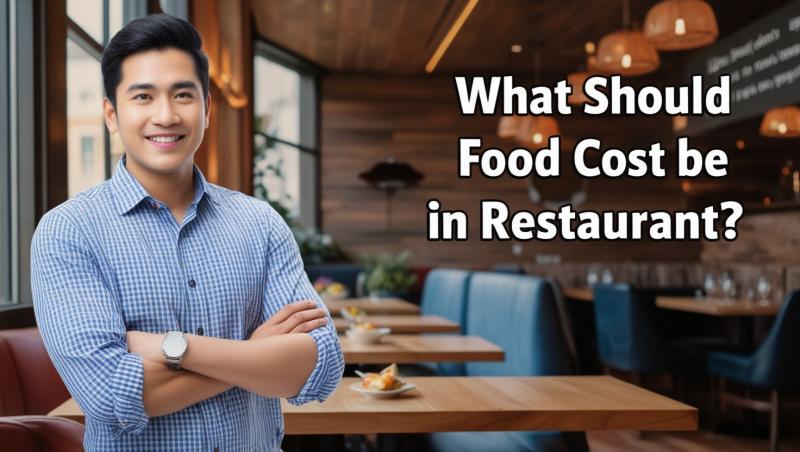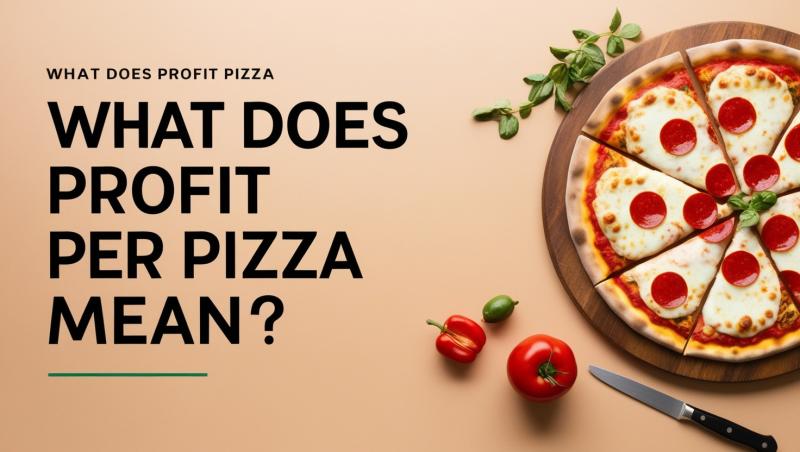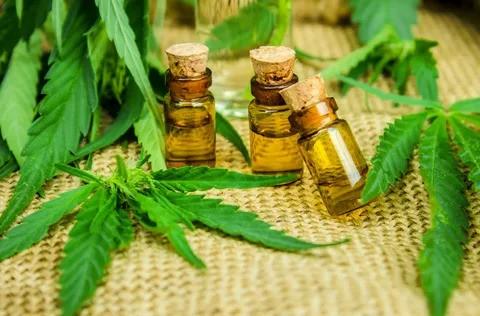What Should Food Cost Be in a Restaurant? Beginners Guide

It is important to fix the right prices that will give you profits while at the same time satisfying the customers. Unfortunately, many restaurant owners face the problem of achieving the best balance. In this guide, I will show you how you can be able to calculate the food costs. You will also learn how much of the total sales should be spent on food and what amount of profit should be targeted.
Let’s get started!
How to Calculate the Cost of Food in a Restaurant
Food cost refers to the total expenditure incurred in the purchase of raw materials and other necessities. It is one of the largest costs in any restaurant business. You have to do it properly so that you do not end up making a loss in the process. The cost of food should include all the ingredients in a dish right from spices, garnishes, and condiments among others. If you deliver or offer takeout, do not forget to add the cost of packaging. Understanding food costs allows you to fix prices that will enable you to break even or make a profit.
It is easy to calculate the costs of foods to be served to the clients. First of all, you are required to sum up the cost of all ingredients that have been used in a particular dish. For instance, if you are preparing a burger, you would include the cost of the bun, the patty, cheese, lettuce, tomatoes, and the toppings. If each ingredient costs $1, then the food cost of the burger is $6. Next, divide this cost by the price you are going to set for the dish to be prepared. For instance, if you are selling the burger at $15, your food cost percentage is 40%. This means that 40% of the price is used to cater for the expenses of the ingredients.
What Is the Normal Markup on Restaurant Food?
All restaurants increase the prices of their foods to recover their expenses and make some amount of profit. The markup is the extra amount that is put on the food cost to arrive at the menu price. Normally, the markup of restaurants should be around 200% to 300%. This means if a dish costs $5 to make, you might charge $15 to $20. This markup assists in catering for other costs such as wages, space, power, and advertising. Just keep in mind that the markup may differ depending on the type of restaurant that you’re operating. A fast food restaurant may have a lower markup than a fine dining restaurant which serves steaks.
Comparison of Average Food Costs in Various Kinds of Restaurants
The kind of restaurant you have determines your food costs in a great way. In a fast food restaurant, the price of a meal is normally cheaper as compared to that of a normal restaurant. You might spend less on the ingredients that go into preparing the meals but you can sell more. The food cost in fast food restaurants is targeted to be in the range of 28% to 35%. On the other hand, a steakhouse may have higher food costs because of the cost of good quality meat. The food cost percentage for a steakhouse may be in the range of 35% to 45%. You have to understand what kind of restaurant you are running and what your food costs should look like.
Further, if your restaurant provides delivery or takeout services, the cost of containers also becomes a factor. You must consider these in your food costs. This category comprises containers, custom printed pizza boxes, bags, and utensils. These may not appear to be big costs, but they are cumulative. Determine the amount of money you spend on packaging per dish and include this in your food cost. Ensure that your menu prices can accommodate these extra costs to remain profitable.
How Much Do Restaurants Make?
The profit margin in restaurants can be quite high and can also be low. The average restaurant’s target net profit margin is between 5% and 10%. This implies that after all the expenses such as food, employees’ wages, rent, and other costs have been met, one gets to retain between 5% and 10% of the total sales as profit. Some restaurants might make more especially if they have been able to control their food costs and have a constant flow of customers. Some may make less, especially when they are starting a business or during a recession period. You should therefore try to cut your food costs as much as possible to increase your overall profitability.
How to Control Food Costs in a Restaurant
To control the food costs in your restaurant, it is necessary to establish a routine of menu analysis. It is also advisable to buy foods that are in season since they may be cheaper than when they are out of season. Do not waste your ingredients by ensuring that your staff is well-trained in how to use the ingredients. It is also necessary to control portions. Ensure that each dish has the right proportion of the ingredients. Last but not least, one should bargain with the suppliers to obtain the best prices for the ingredients. All these steps assist in ensuring that the food costs are well-regulated.
Bottom Line
Every restaurant owner needs to understand and control the costs of food. Thus, knowing how to calculate food costs and setting the right prices is the key to maintaining the profitability of the restaurant. Do not forget about such costs as packaging and include these costs in the price of the menu. Ideally, try to achieve a food cost percentage that is appropriate to the type of restaurant that you have, whether it is a fast food outlet or a fine dining steakhouse. Minimize your expenses as much as possible, and you will be able to have higher revenues in the future.










Comments